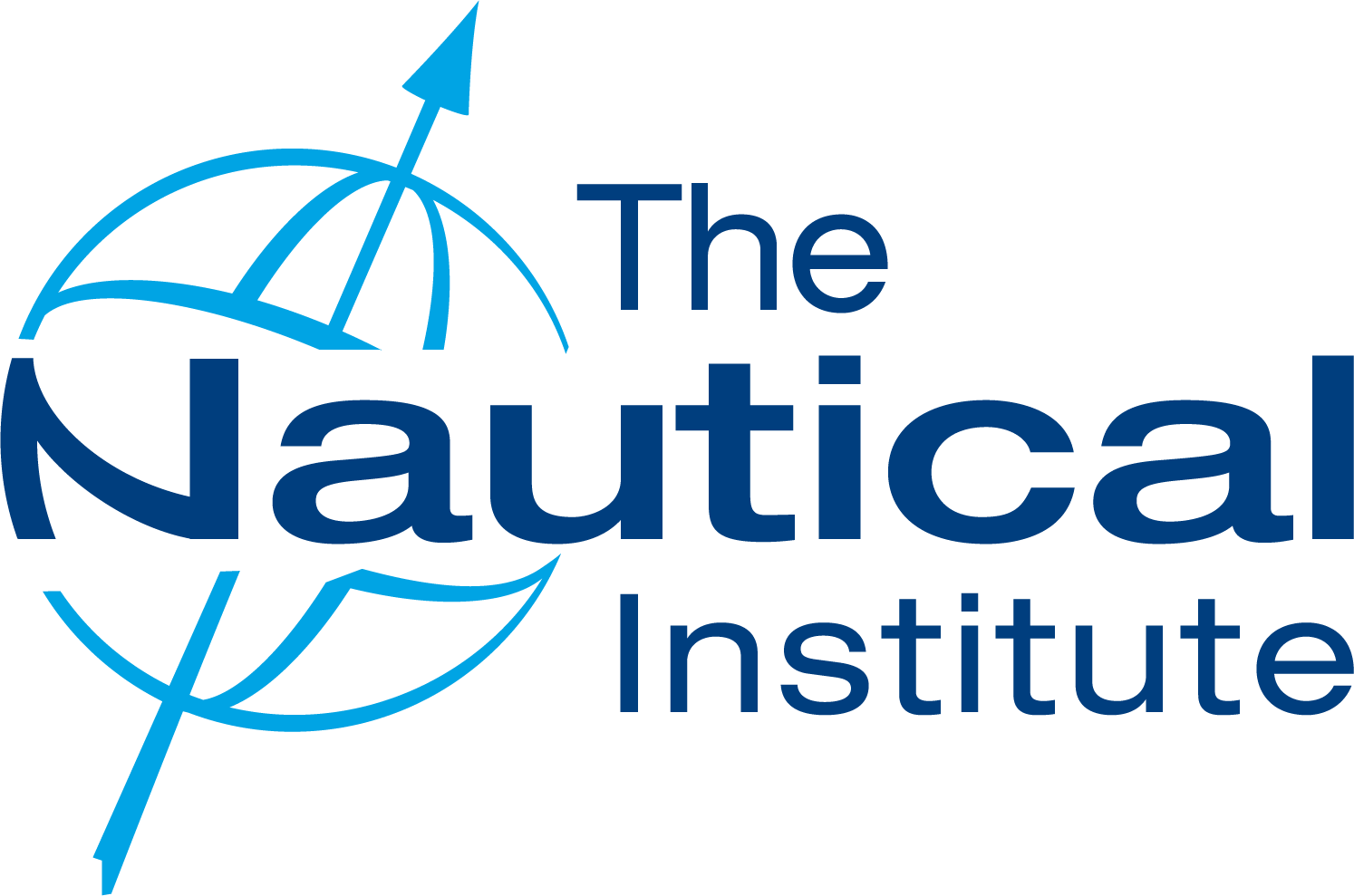200952 Fatal accident during mooring operations
Fatal accident during mooring operations
MARS Report 200952
Official report: from Cayman Islands Shipping Registry
 Figure 3: Bridge wing control Figure 4: Bridge wing control station being folded into
Figure 3: Bridge wing control Figure 4: Bridge wing control station being folded intostation in extended position storage recess. Due to limited size of the opening, the
engine control levers have to be moved down to full
ahead position for storage.
A large yacht was berthing at a marina. Wind and tidal conditions were benign and the arrival and mooring procedures followed the yacht's normal routine. During the mooring operation, the yacht was being manoeuvred from the port bridge wing control station. When not in use, this station folds into the bridge house for storage. Due to the design of the bridge wing control station, it was necessary to put the engine controls in the 'full ahead' position before the control station could be closed.
After the yacht had completed mooring with four lines ashore, a crew member placed the bridge wing controls in the full ahead position and closed the control station. When the control station was closed, the yacht's engines were running with control still at the port bridge wing station.
With the engines engaged, the yacht continued to move ahead and wrenched three of the mooring points from the quay. Two bystanders on the quay were struck by flying debris and/or recoiling mooring ropes. One person was struck on the legs, fracturing them. The other person sustained serious head injuries. Both were evacuated to hospital. The person with the injuries to the legs underwent reconstructive surgery and was expected to make a full recovery; however the person struck on the head remained in a critical condition and died five days later.
Immediately after the accident, control was taken to the main bridge manoeuvring station. The yacht was brought under control and safely moored back alongside the quay.
Safety issues
The risks in conducting mooring operations must be assessed rigorously and safe working practices developed. Each vessel should have a set of guidelines for achieving a safe mooring which can be modified to suit operational or environmental circumstances. Where novel or unusual designs introduce additional risks, these should be properly assessed and appropriate control measures introduced. Removal or elimination of such risks should be considered in preference to introducing procedural controls aimed at reducing or mitigating the risks.
When choosing suitable mooring points ashore for the vessel (bollards, cleats etc) both the normal mooring loads and exceptional loads associated with emergency situations should be considered. Mooring operations are potentially hazardous where large amounts of stored energy can be instantaneously released if mooring equipment fails. This can result in serious injury and death.
Persons not involved in mooring operations should be kept at a safe distance until the operation is complete.
Detailed information and guidance on mooring operations is available in publications produced by The Nautical Institute, the UK Maritime and Coastguard Agency (MCA) and the Oil Companies International Marine Forum (OCIMF).
